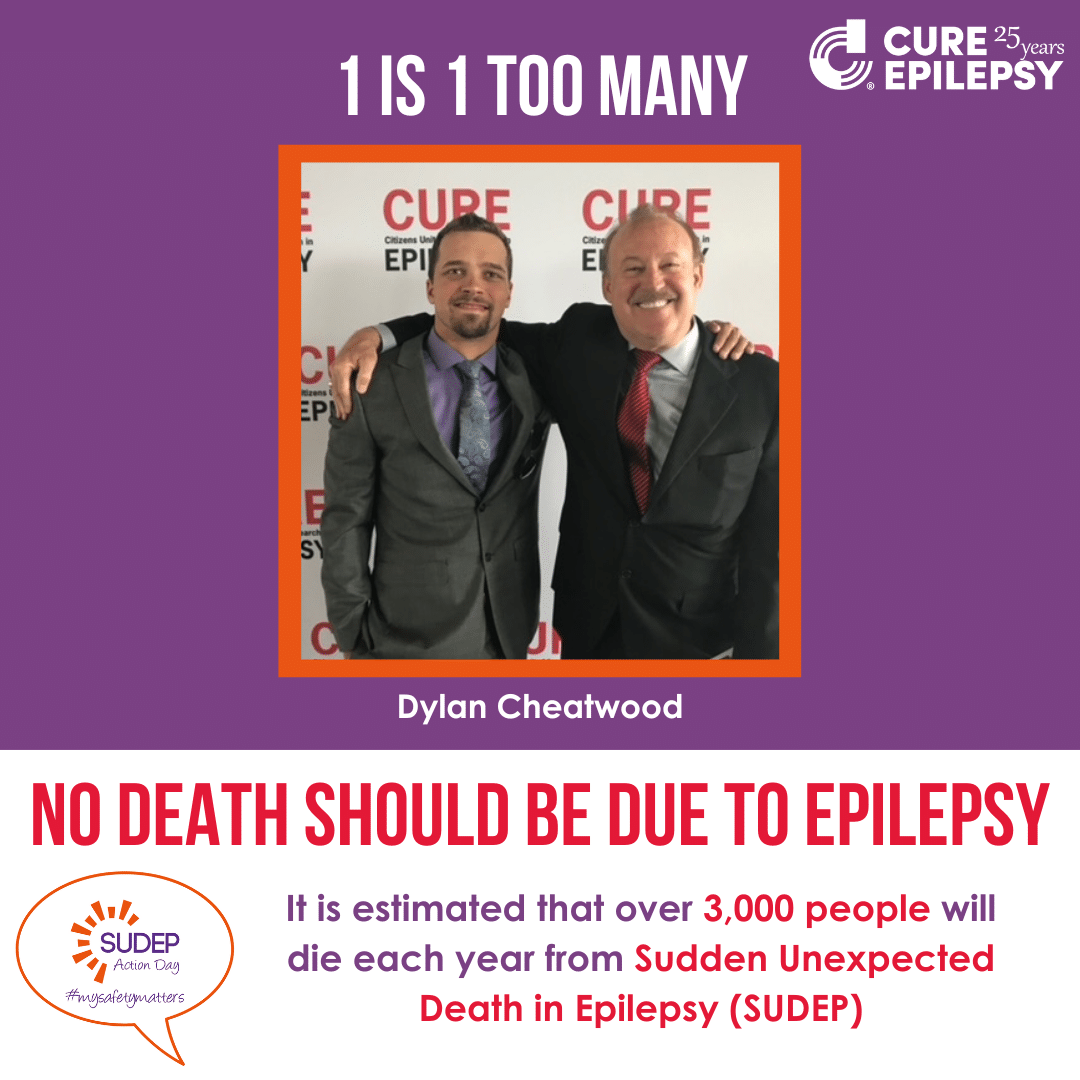Study Suggests Risk of Sudden Unexpected Death in Epilepsy (SUDEP) May Decrease Over Time
December 2, 2018
In hopeful news for people with epilepsy, those at high risk for sudden unexpected death in epilepsy (SUDEP) may move to a lower-risk category over time while those at low risk tend to stay there, suggests first-of-its-kind research being presented at the American Epilepsy Society Annual Meeting.
The study is based on a database of more than 1.4 million seizures reported by 12,402 people with epilepsy using an electronic seizure diary, SeizureTracker.com. Results of the study suggest people with epilepsy who are at high risk for SUDEP and the doctors who treat them shouldn’t assume they will remain at that risk level, and that a yearly risk assessment is a good idea. Further, those at low risk can be comforted by knowing their risk is unlikely to change, researchers noted.
To study if the risk of SUDEP can change, researchers analyzed the database from SeizureTracker.com – one of the largest groups of patient-reported seizure diaries – and found that after three years, 27 percent of patients at high risk moved out of the high-risk category. In the medium-risk group, 32.5 percent changed categories, although the analysis didn’t determine if they moved to the high- or low-risk category. Of those in the low-risk category, only 7 percent moved to a higher-risk category.






